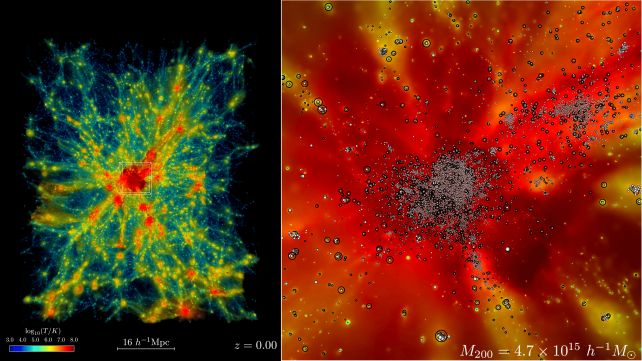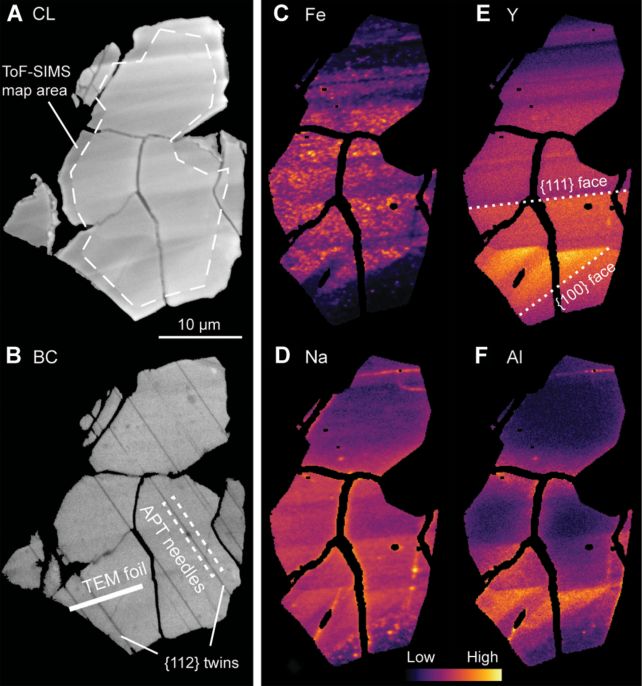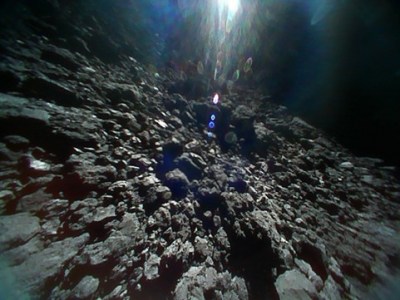# First Experimental Evidence For The Most Terrifying Way The Universe Might End
Of all the possible ways the universe might end, “false vacuum decay” is perhaps the most frightening. This idea is based on the concept that a fundamental field in the universe is not at its lowest possible state. This false stable region is where our universe has developed. The field could potentially move into a more stable value spontaneously, creating a bubble that erases all reality. However, there is still a lot that we don’t understand about how this bubble formation works, particularly in an experimental context. Now, a team of Italian experimentalists and British theoreticians have presented the first experimental evidence of vacuum decay.
“Vacuum decay is believed to play a key role in the creation of space, time, and matter in the Big Bang, but until now there has been no experimental test,” explained Ian Moss, Professor of Theoretical Cosmology at Newcastle University. “In particle physics, vacuum decay of the Higgs boson would alter the laws of physics, leading to what has been described as the ‘ultimate ecological catastrophe’.”
For the first time, scientists have observed the bubbles forming in a controlled atomic system. The setup they used for the false vacuum scenario was a supercooled vapor at a temperature less than a millionth of a degree from absolute zero. This state is called metastable, meaning it’s not the most stable configuration but it could remain that way for an indefinite amount of time. In quantum mechanics, things can tunnel and decay to the lowest energy state without even requiring the extra energy to get out of a low valley. In this setup, thermal effects work similarly, resulting in the formation of a bubble.
“Using the power of ultracold atom experiments to simulate analogs of quantum physics in other systems – in this case, the early universe itself – is a very exciting area of research at the moment,” added co-author Dr Tom Billam, also at Newcastle.
The team aims to push the temperature of the system closer to absolute zero. Under these conditions, thermal effects will become less relevant while the quantum effects should become more pronounced, providing a more accurate analogy to the false vacuum decay. The study is published in Nature Physics.















